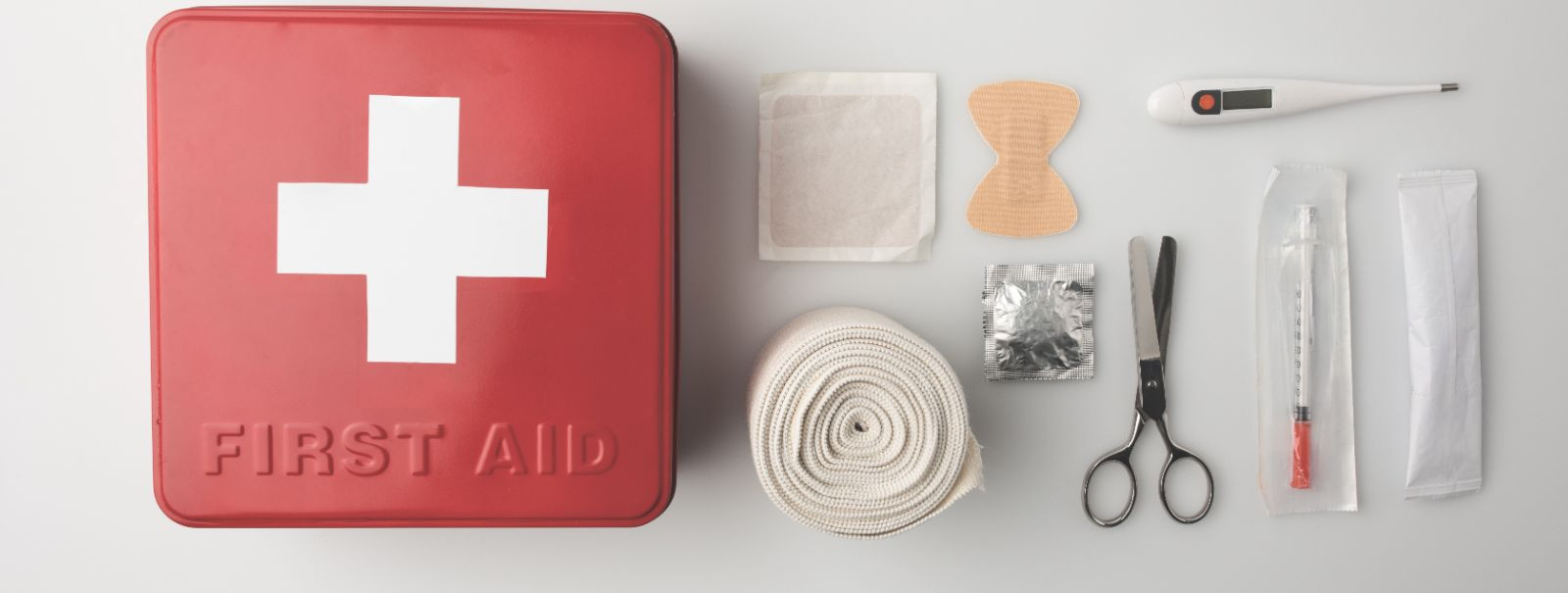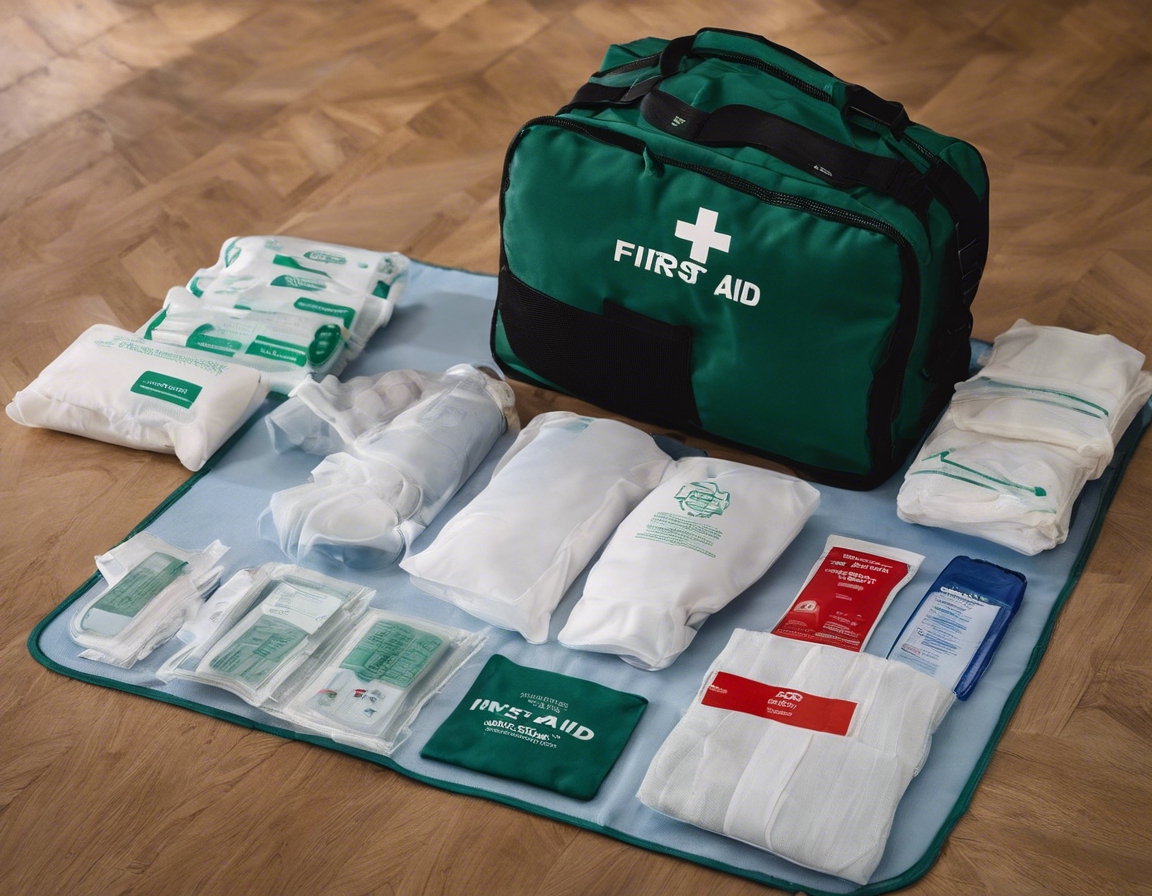The importance of first aid training for drivers
First aid is the immediate care given to a person who has been injured or is in sudden ill health. It encompasses a range of simple medical techniques that can be life-saving and can be administered by a non-expert with basic training. The primary goal of first aid is to preserve life, prevent further harm, and promote recovery.
Drivers are often the first on the scene in the event of a road accident. Having the knowledge and skills to administer first aid can make a significant difference in the outcomes for the injured. It's not just about legal obligations; it's about being equipped to help fellow citizens in times of need.
The Benefits of First Aid Training for Drivers
First aid training prepares drivers for the unexpected. Knowing how to react in the critical moments following an accident can help stabilize victims until professional medical help arrives.
Immediate first aid can be the difference between life and death. Drivers trained in first aid can provide crucial support like CPR, which can save lives in cases of cardiac arrest.
Proper first aid can reduce the severity of an injury and thus the recovery time and associated medical costs. This is beneficial not only to the victim but also to the healthcare system as a whole.
First aid training can also boost a driver's confidence in their ability to handle emergency situations, fostering a sense of responsibility and calmness that can be critical in a crisis.
Key First Aid Skills Every Driver Should Know
Drivers should know how to assess an emergency situation quickly and ensure their own safety and that of others before administering first aid.
Cardiopulmonary resuscitation (CPR) is a life-saving skill that drivers can use in cases of cardiac arrest to keep blood flowing until emergency services arrive.
Knowing how to manage severe bleeding and treat for shock can prevent further injury and save lives.
Understanding how to immobilize a person with suspected spinal or neck injuries is crucial to prevent further damage.
First aid for burns and fractures involves pain management and immobilization, which can greatly affect the healing process.
First Aid Training: A Step-by-Step Guide for Drivers
Drivers should select a first aid course that is comprehensive and tailored to the types of situations they may encounter on the road.
First aid courses for drivers typically include theoretical knowledge and practical exercises to ensure that participants are ready to act in real-life situations.
Hands-on practice is a critical component of first aid training, allowing drivers to become comfortable with the techniques they've learned.
First aid protocols can change, so it's important for drivers to keep their skills up-to-date through regular refresher courses.






Comments (0)